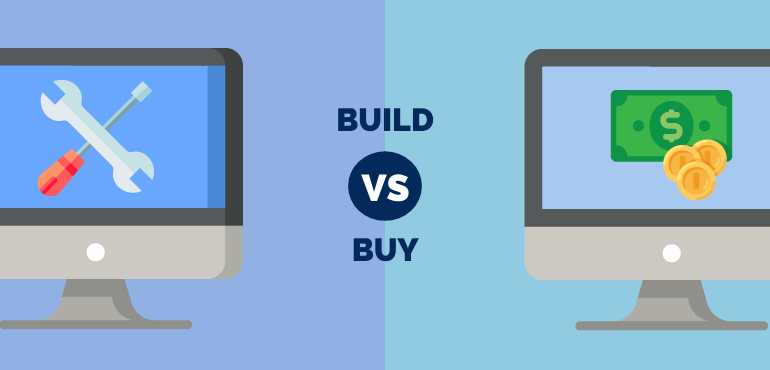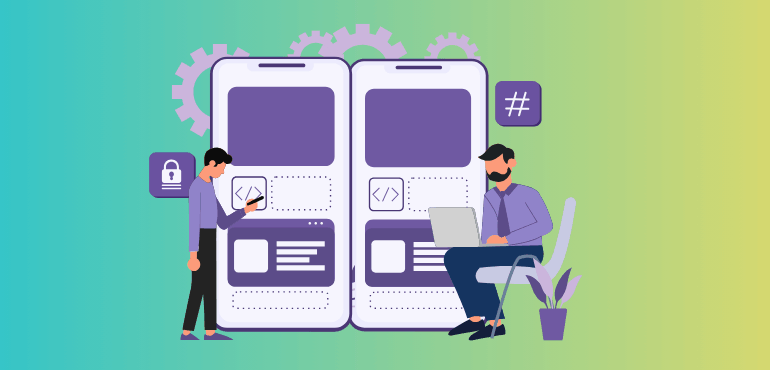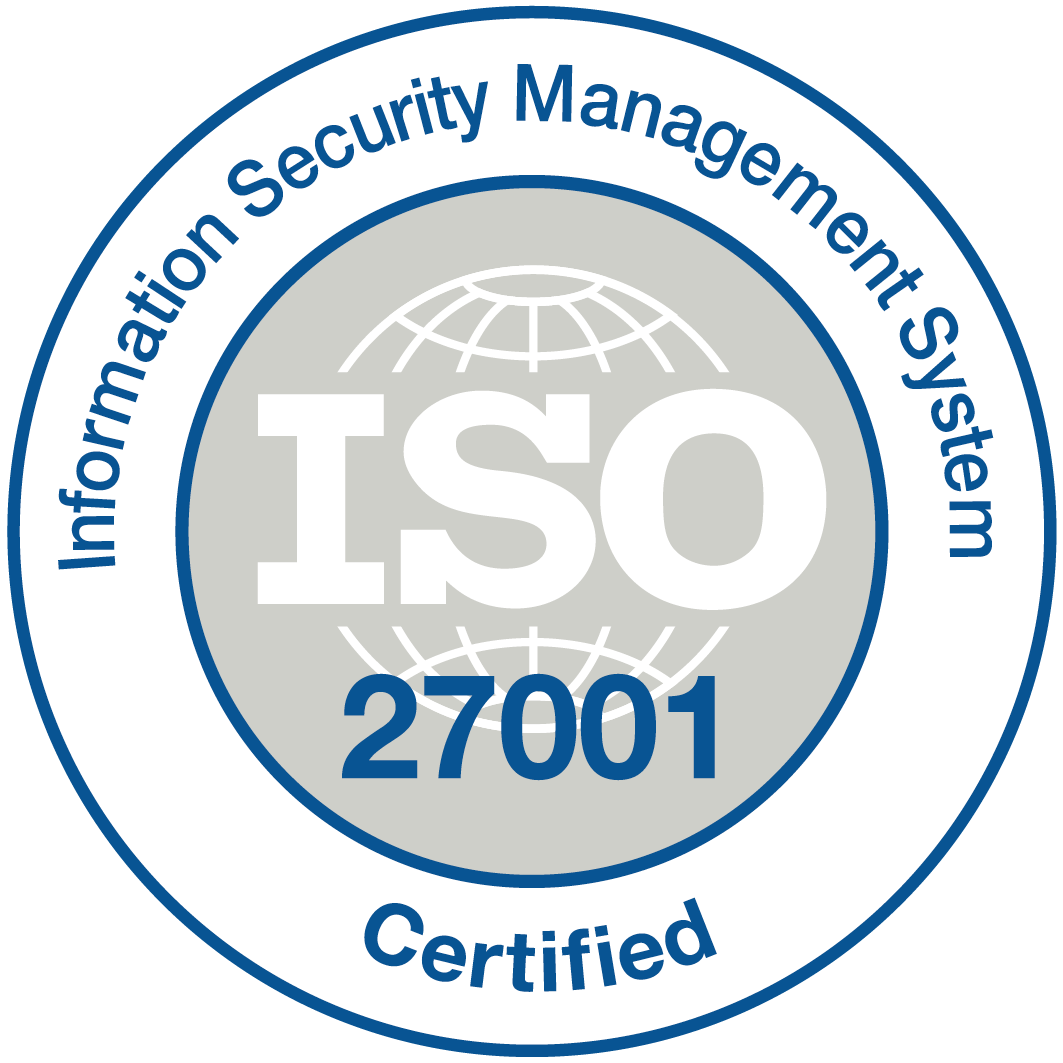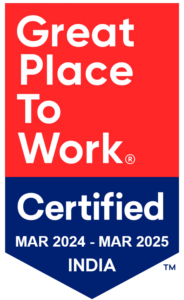
Top 20 Best No-Code App Builders of 2025
Reading Time: 14 minutesHas it ever happened that you came up with a brilliant idea for an app, but the IT team couldn’t execute it because of time constraints? You don’t have to depend on your IT staff as you can build applications yourself. We are talking about no-code app development tools here. With these tools, you can

15 Best Construction Project Management Software
Reading Time: 13 minutesConstruction project management is a critical discipline that involves the planning, coordination, and execution of construction projects from start to finish. This multifaceted process requires meticulous attention to detail, effective communication, and robust problem-solving skills to ensure that projects are completed on time, within budget, and to the required quality standards. What is Construction Project

Build Your Way: How Customizable Construction Management Apps Are Reshaping the Industry
Reading Time: 9 minutesEvery construction project has its own DNA — distinct workflows, diverse teams, and unique challenges. Yet, too many teams still use rigid software that forces them to adapt to the tool. That’s where customizable construction management apps change the game. These tools are designed to adapt to your way of working — not the other

What is Citizen Development: A Comprehensive Guide to thrive in 2025
Reading Time: 18 minutesThe pressure to innovate quickly and stay competitive has pushed organizations to rethink how they build and deliver solutions. Traditionally, creating new business applications meant long waits for IT resources, lengthy development cycles, and significant budgets — all of which slow down progress and stifle agility. Citizen development is changing this narrative. By empowering non-technical

8 Reasons for Building Your Own Apps with No-Code
Reading Time: 14 minutesIn today’s hyper-dynamic business environment, organizations are under constant pressure to meet shifting customer expectations and market demands—faster than ever before. This pressure calls for tools and applications that not only solve specific problems but also empower employees to work at their full potential. Traditionally, the choice has been between buying a ready-made software solution

Mastering Digital Business Strategy: A Guide to LCNC Success
Reading Time: 8 minutesLet’s be honest – digital transformation sounds great in boardrooms. But you? You’re in the trenches. Between rising customer expectations, chaotic tech stacks, and a growing app backlog, digital chaos is becoming your daily reality. As a CEO, CIO, or business leader, you don’t need more buzzwords. You need results. And for that, you need

No Code Development in 2026: The Ultimate Strategic Guide for Success
Reading Time: 22 minutesNo code development is redefining how businesses and individuals build digital solutions. Once limited to developers with technical expertise, software creation is now accessible to professionals across departments—thanks to intuitive, drag-and-drop platforms that require no programming knowledge. This shift is empowering teams to move faster, innovate freely, and reduce dependency on overburdened IT departments. With

App Development Basics: Your Secret to Build Apps 10x Faster
Reading Time: 7 minutesIf you’re searching for application development basics, you’re already ahead of most businesses stuck in outdated processes. Because here’s the reality: Every modern business needs to build applications- not tomorrow, but today. From streamlining daily workflow to launching new products faster, understanding how applications are developed is no longer a “tech thing”- it’s a leadership

What is an Application Development Platform? Unlock The Business Agility
Reading Time: 7 minutesWhat’s stopping your best ideas from becoming reality? It’s not creativity—it’s the tools. Turning ideas into real applications shouldn’t be hard. That’s why we have application development platforms—to make building apps smarter, faster, and easier. And here’s why it matters- the application development software market is projected to grow from $255 billion to $1.7 trillion

Navigating the Agile Framework Essential Insights for Modern Business in 2025
Reading Time: 9 minutesDid you know? According to a McKinsey survey, companies that adopt agile practices are 70% more likely to rank in the top quartile for organizational health. It’s not just a framework, it’s a catalyst for future business leaders and sustainable growth. In a world where change is constant and technology evolves faster than ever, embracing













